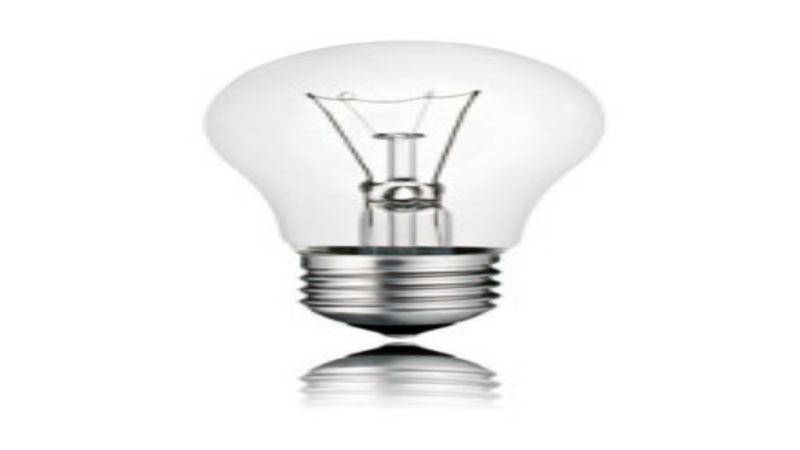Typically, pipe fittings are more of an afterthought when planning a job than a material item that is the focus of consideration. However, when looking for CPVC pipe fittings for large projects, it will be essential to keep several different things in mind.
CPVC and PVC
PVC pipe is fairly common and easily recognized. It is made of polyvinyl chloride (PVC). It is very durable, rugged and it can stand up to exposure to water without any corrosion or rusting. It is often used for water systems as well as to run electrical wires underground in a highly protective tube.
CPVC is like PVC pipe in several ways, but it undergoes an additional free radical chlorination reaction that makes it more resistant to extreme temperature changes without changing the durability of the pipe.
PVC, CPVC pipe, parts, and fittings can be made through an extrusion process or by molding. In general, CPVC pipe fittings and pipe will be used extensively for hot water applications that exceed the 140 degrees Fahrenheit recommendations for PVC.
Choosing Fittings
It is important to keep in mind that PVC pipe is measured using the standard Nominal Pipe Size (NPS) designation, or at least in North America. CPVC pipe can use the NPS or the Copper Tube Size (CPS) measurement option.
This will impact the sizing of CPVC pipe fittings for a job. Double checking the sizing designation on the pipe will be important when ordering the fittings. It will also be essential to avoid mixing and matching the two different types of pipes and fittings.
When the complete system is not either all PVC or all CPVC, there is a risk of system failure either when under pressure or when hot water is being moved through the lines. By double checking the order it is possible to catch errors and make corrections before the wrong pipe or fittings are shipped.







